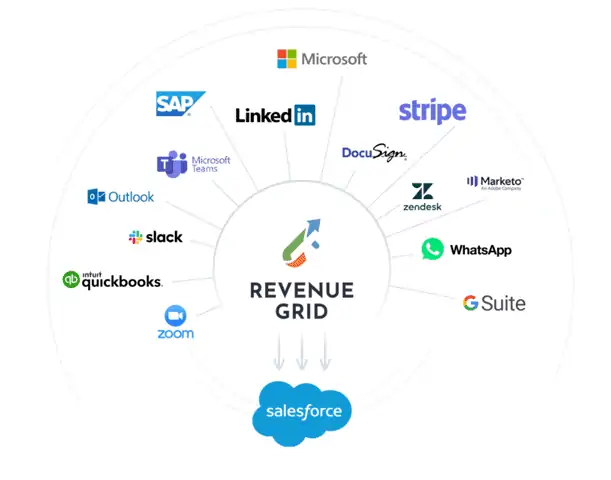Sales planning is a crucial part of a B2B sales process. It determines whether you can achieve your sales target during a specific timeframe — or not.
That’s why it’s essential to understand why you should implement sales planning and how to do it right.
Let’s learn about sales planning in detail in this article.
What is Sales Planning?
Sales planning is an ongoing process that helps you to plan, manage and control your sales strategy. It involves assessing your sales performance and identifying areas where you can improve it. It also allows you to set targets and work out how to achieve them.
Sales planning isn’t the same as a sales plan because a sales plan is simply a document that outlines your company’s sales goals and activities. Once you’re done with sales planning, you can develop a sales plan.
Importance of Sales Planning
Sales planning is a crucial part of your team’s success. It allows you to map out your sales goals and strategies for the future, which means you’ll have a clearer idea of your goals and how you can achieve them.
Specifically, sales planning helps your team:
- Know target audiences and business strategy to enter the market.
- Anticipate obstacles and prepare for them.
- Understand the responsibilities and resources they need to do their job best.
- Stay organized and focused on what matters most so that they can keep working towards their sales target and the shared goals.
- Adjust sales strategies and tactics based on changes in the market.
How to Implement Sales Planning
Take the following steps to plan your sales strategy. These are also core elements of an effective sales planning process.
Step 1: Create a SWOT Analysis
A SWOT analysis is a qualitative assessment of your business (strengths and weaknesses) and the market and industry you’re in (opportunities and threats). It allows you to understand the current state of your business and what could happen in the future.
When doing this step, you should write down all major aspects that affect your sales process. Consider customer demographics and preferences, competition, market trends, industry regulations, technologies, and other external and internal environmental factors.
Step 2: Set Sales Objectives
The second step in sales planning is to set your sales objectives. This is crucial because it helps you focus on what needs to be accomplished, like how much revenue your sales team needs to hit within a specific timeframe.
You should look at the specific results from your previous year’s performance. This will help you set realistic sales targets for your company and each department or division.
Step 3: Develop a Sales Strategy
The next step in sales planning is to develop a sales strategy. This is where you decide how to approach your customers, what message you want to convey, and how you will get those messages across. Consider what tools and resources will be necessary for your sales team to do their job well.
Step 4: Determine a Sales Budget
Now is the time to think about your sales budget. Here you should coordinate with your team to figure out how much money needs to be spent and strategize how it can be used effectively. Budgeting also helps you understand what investment you need to make the most of your efforts.
Step 5: Define Measurement Metrics
Metrics help you measure the outcome of your plan, so they’re essential to set up before you even begin executing your plan. Ensure you have a clear understanding of what each metric means so you can make decisions based on them.
Some key sales metrics include revenue per month, closed deals, number of customers, qualified leads, and average order value.
Sales Planning Tips
1. Base Your Sales Planning on In-depth Research
Conduct thorough research about your target audience, competitors, and the industry you’re working in. This will help determine what marketing strategies are most effective for reaching out to them, whether you should focus on social media ads or email marketing campaigns, what type of messaging resonates best with people who match your target demographic, etc.
It’s highly recommended that you use revenue intelligence platforms like Revenue Grid to capture data from all sources. Hence, you can see a complete picture of your business situations and market in one dashboard without switching back and forth between many tools. No more data silos. No more missed opportunities.
2. Look at Historical Performance
What have your sales been like in the past? How much has each product/service sold, and when did it sell? Track and analyze historical data over time to see if any trends indicate what might happen in the future (e.g., seasonal products tend to sell more in summer months).
3. Take Your Time to Do Planning
It’s easy to get excited and want to start selling, but don’t rush your sales planning process. Take the time to ensure you’ve done all the steps correctly because a rushed plan won’t be effective and will likely leave out critical information.
Now that you’ve understood that sales planning is the process of developing sales strategies based on historical performance and current trends. Apply the tips above to start planning your sales activities today.
Start sales planning with Revenue Grid


